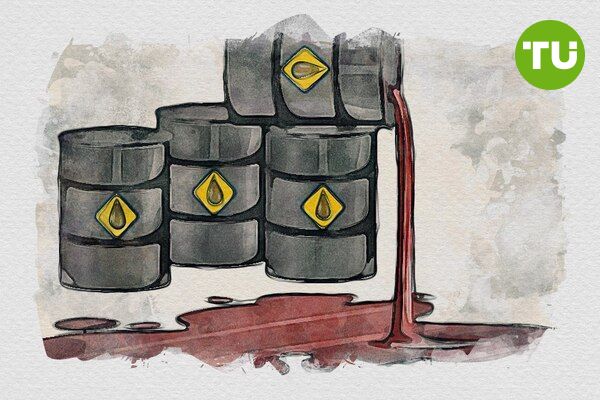WTI price nears $69 on Venezuela sanctions threat and Middle East tension
 WTI crude oil hovers near a three-week high after Trump’s Venezuela tariff threat fuels supply fears
WTI crude oil hovers near a three-week high after Trump’s Venezuela tariff threat fuels supply fears
West Texas Intermediate (WTI) crude oil futures hovered near a three-week high of $69.10 on Tuesday, buoyed by renewed geopolitical risks and a fresh wave of U.S. trade threats. The rally comes after President Donald Trump warned he would impose a 25% tariff on imports from any country that continues to purchase oil or gas from Venezuela, a move that could disrupt global crude flows and tighten supply in the coming weeks.
Trump’s announcement late Monday, effective April 2, targets Venezuela and its trading partners. The decision is expected to pressure refiners in countries such as China, India, and Spain that rely on Venezuelan crude. While Chevron received a short-term extension until May 27 to continue Venezuelan operations under a general license, traders see potential disruptions once that window closes. The measure has sparked concern that sanctions could reintroduce volatility in a market already sensitive to supply shifts.
USOIL price dynamics (Jan 2025 - Mar 2025) Source: TradingView.
Ceasefire talks, OPEC+ production cap gains
Meanwhile, hopes for a ceasefire in Ukraine could lead to a resurgence of Russian oil in the global market, potentially offsetting bullish sentiment. U.S. and Russian officials met in Saudi Arabia on Monday in an effort to negotiate a Black Sea ceasefire as part of wider peace discussions. These developments may temper upward pressure if progress is made. Additional supply-side weight comes from OPEC+ plans to raise output by 138,000 barrels per day starting in April.
From a technical perspective, WTI has rebounded from long-term support and is trading within a falling wedge on the 4-hour chart. A breakout above $70 could confirm short-term bullish momentum, while failure to do so may lead to a slide below $65. The daily RSI has crossed above mid-levels, indicating potential strength, but the 50- and 200-day SMAs remain tilted lower, suggesting broader bearish undertones.
As covered in prior updates, WTI’s near-term moves remain highly sensitive to geopolitical catalysts. Trump’s evolving tariff policy and OPEC+ compliance remain key variables, with technical patterns reinforcing a wait-and-see approach.













































































































































